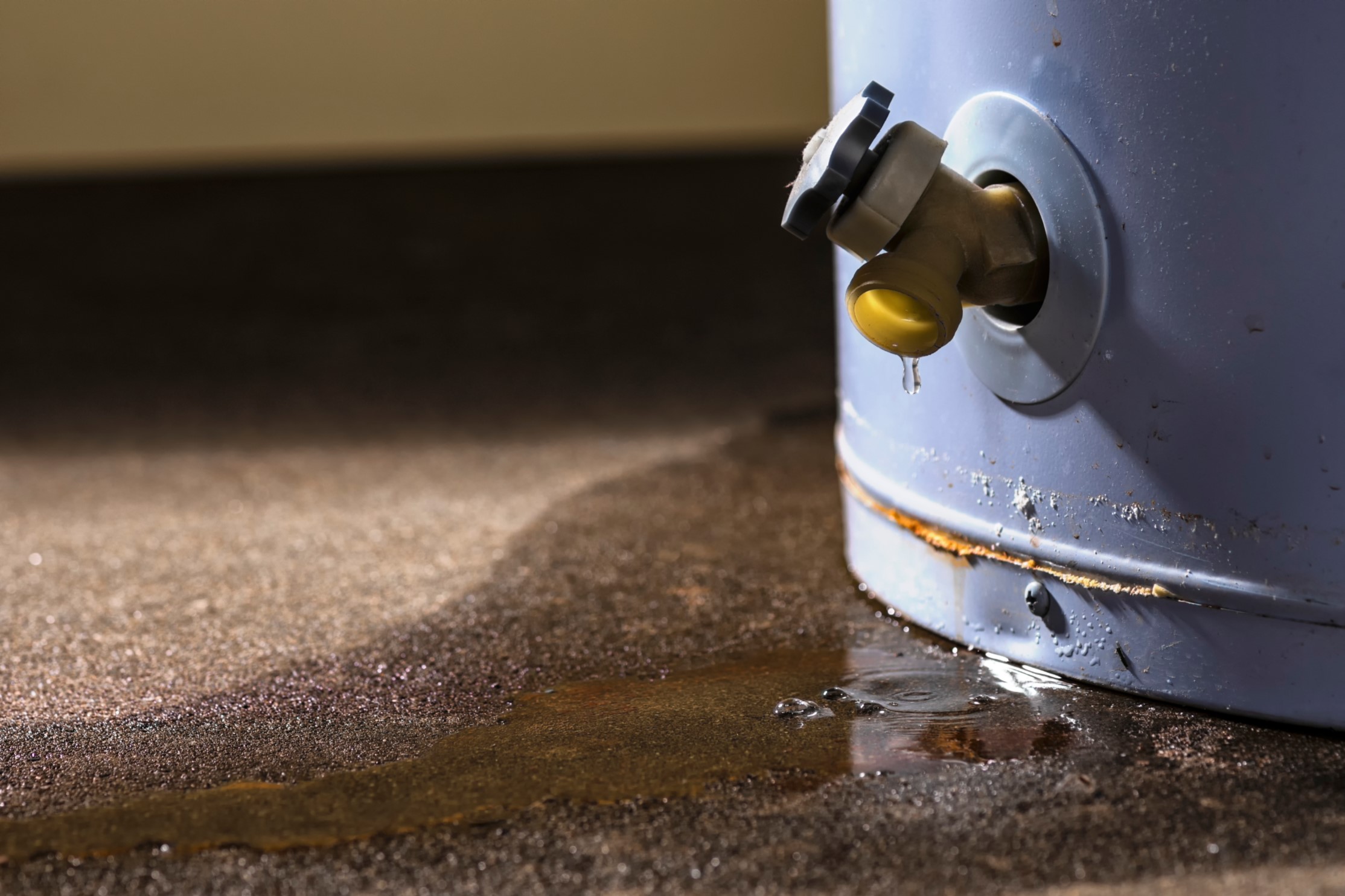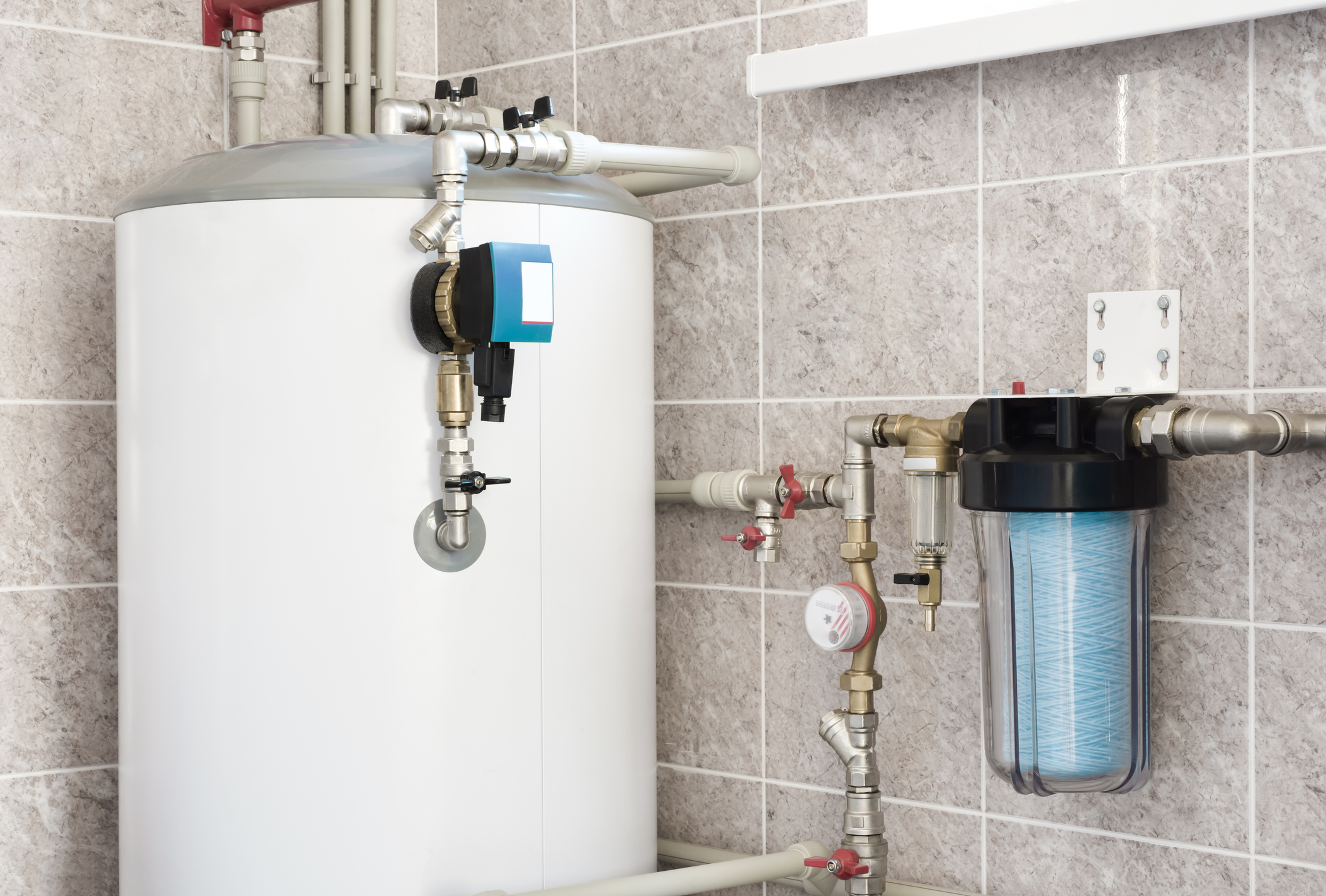Essential Guidance on Caring for Your Home's Hot Water SystemEasy Ways to Maintain Your Home's Hot Water System Effectively
Essential Guidance on Caring for Your Home's Hot Water SystemEasy Ways to Maintain Your Home's Hot Water System Effectively
Blog Article
On this page underneath you can discover some exceptional ideas around What Kind of Maintenance Do Water Heaters Need?.

Warm water is vital for day-to-day comfort, whether it's for a revitalizing shower or washing recipes. To ensure your warm water system runs effectively and lasts much longer, routine upkeep is crucial. This write-up offers practical ideas and insights on exactly how to keep your home's hot water system to stay clear of disruptions and pricey repair work.
Intro
Maintaining your home's warm water system might seem overwhelming, but with a couple of simple actions, you can guarantee it runs smoothly for several years to come. This guide covers every little thing from comprehending your warm water system to DIY maintenance pointers and understanding when to call professional assistance.
Relevance of Maintaining Your Warm Water System
Normal upkeep not just prolongs the life-span of your warm water system but likewise guarantees it operates effectively. Disregarding upkeep can lead to reduced performance, higher energy expenses, and also premature failure of the system.
Indicators Your Warm Water System Needs Maintenance
Understanding when your warm water system needs interest can stop significant issues. Watch out for indicators such as irregular water temperature, strange noises from the heating unit, or rusty water.
Comprehending Your Warm Water System
Prior to diving right into maintenance tasks, it's valuable to recognize the standard components of your hot water system. Usually, this includes the hot water heater itself, pipelines, anode poles, and temperature level controls.
Monthly Maintenance Tasks
Routine regular monthly checks can assist capture small concerns prior to they escalate.
Flushing the Water Heater
Flushing your water heater eliminates debris build-up, boosting performance and lengthening its life.
Monitoring and Replacing Anode Rods
Anode rods prevent deterioration inside the tank. Examining and changing them when broken is crucial.
Examining and Changing Temperature Level Setups
Readjusting the temperature settings guarantees ideal efficiency and safety and security.
DIY Tips for Maintenance
You can carry out a number of upkeep jobs on your own to maintain your warm water system in leading problem.
Looking for Leakages
Regularly inspect pipelines and links for leakages, as these can cause water damage and higher bills.
Testing Stress Relief Valves
Evaluating the pressure safety valve guarantees it works properly and avoids too much stress accumulation.
Protecting Pipes
Insulating warm water pipelines decreases warm loss and can save energy.
When to Call a Specialist
While do it yourself maintenance is useful, some problems need expert competence.
Complicated Problems Needing Expert Help
Examples include significant leakages, electric issues, or if your water heater is regularly underperforming.
Routine Professional Upkeep Conveniences
Expert maintenance can include thorough examinations, tune-ups, and making certain compliance with safety standards.
Verdict
Normal maintenance of your home's hot water system is essential for performance, long life, and expense savings. By complying with these suggestions and knowing when to look for specialist assistance, you can guarantee a dependable supply of warm water without unforeseen disruptions.
How to Maintain an Instant Hot Water Heater
Before tinkering with your hot water heater, make sure that it’s not powered on. You also have to turn off the main circuit breaker and shut off the main gas line to prevent accidents. Also turn off the water valves connected to your unit to prevent water from flowing into and out of the appliance. 2. When you’re done, you have to detach the purge valves’ caps. These look like the letter “T” and are situated on either side of the water valves. Doing so will release any pressure that has accumulated inside the valves while at the same time avoid hot water from shooting out and burning your skin. 3. When the purge valves’ caps are removed, you have to connect your hosing lines to the valves. Your unit should have come with three hoses but if it didn’t, you can purchase these things from any hardware or home repair shops. You can also get them from retail stores that sell water heating systems. Read the user’s manual and follow it to complete this task properly. When the hosing lines are connected, open the purge port’s valves. 4. You should never use harsh chemical cleaners or solutions when cleaning your unit. Make use of white vinegar instead. It should be undiluted and you’ll probably use about 2 gallons. 5. Now flush your water heater. This task should probably take about 40 minutes. We can’t give you specific directions for this because the procedure is carried out depending on the type, model and brand of your heater. With that being said, refer to the user’s manual. 6. When you’re done draining the unit, you have to turn off the purge port valves again. Remove the hosing lines that you earlier installed on each of the water valves. Put the valve caps (purge port) back in their respective places and be very careful so as not to damage the rubber discs that are found inside these caps. 7. Now that everything’s back in place, check your user’s manual again to find out how to reactivate your water heating system. 8. Once it is working, turn one of your hot water faucets on just to let air pass through the heater’s water supply pipes. Leave the tap on until water flows smoothly out of it. https://www.orrplumbing.com/blog/2014/september/how-to-maintain-an-instant-hot-water-heater/

As an avid reader about Tips For Maintaining Your Hot Water Heater, I assumed sharing that chunk was really helpful. Sharing is caring. Helping others is fun. I recognize the value of your readership.
Schedule An Appointment Report this page